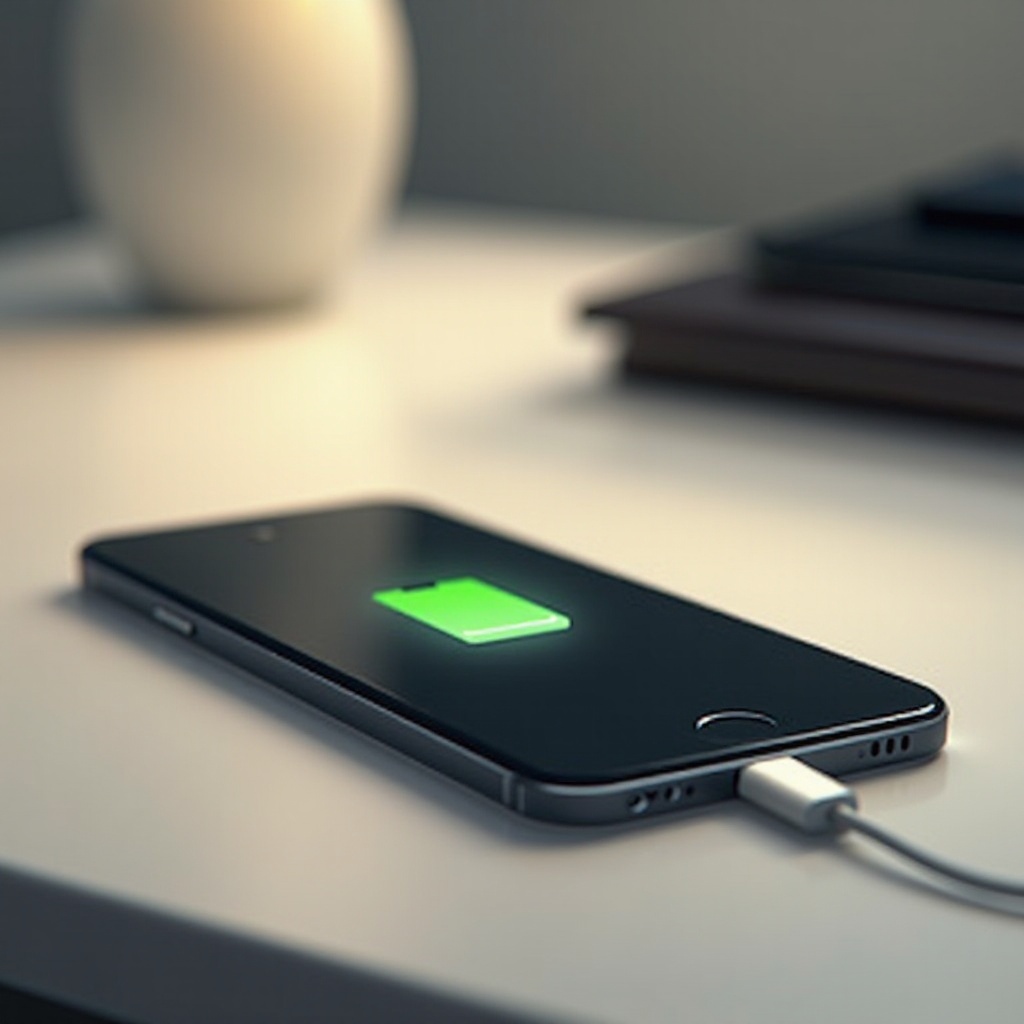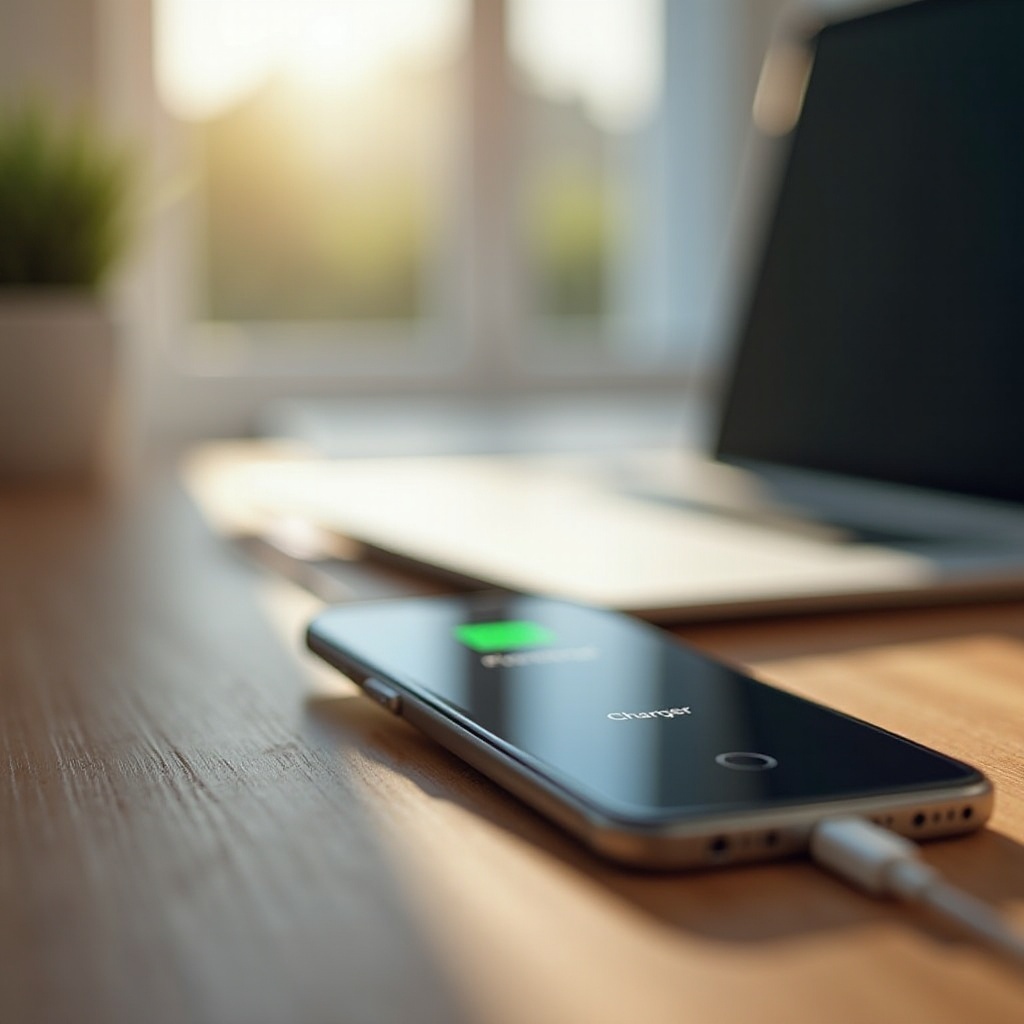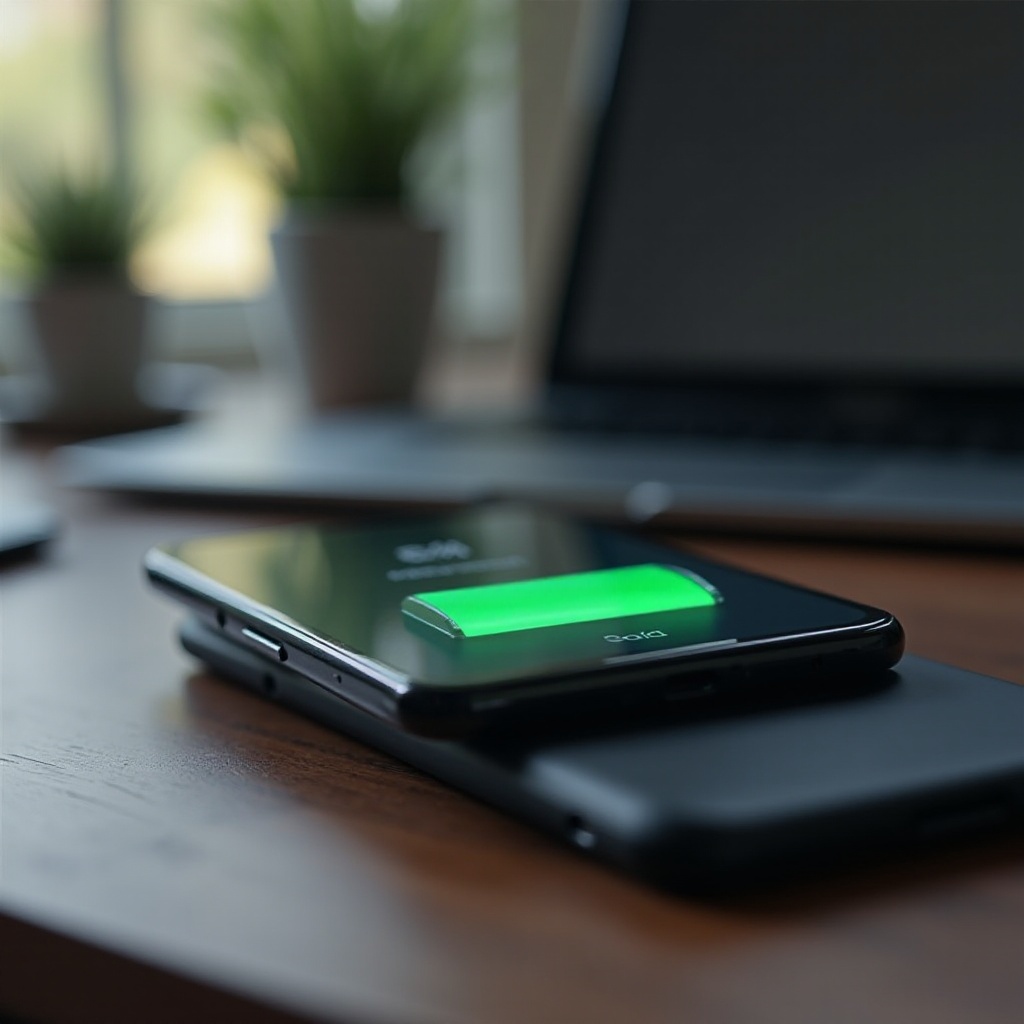Why Is My Phone Only Charging to 85?
Introduction
Have you noticed your phone stops charging when it hits 85%? This can be quite frustrating, especially when you need a full charge for the day ahead. Several reasons could explain why your phone is not charging beyond this point, and it’s usually not a malfunction but rather a feature designed for your benefit. This blog will help you understand what’s happening with your phone, why it’s charging only up to 85%, and how you can manage or adjust the settings to better suit your needs. Let’s dive into the specifics.

What Does It Mean When Your Phone Only Charges to 85%?
When your phone charges up to only 85%, it’s usually a feature aimed at prolonging the battery’s life. Many smartphone manufacturers have introduced this limitation to manage the battery’s health more effectively. Lithium-ion batteries, which power most smartphones, perform better and last longer when they are not kept at a 100% charge or fully drained.
Phones are often programmed to automatically stop charging at 85% to reduce long-term wear on the battery. While it may initially seem inconvenient, this measure is designed to help preserve the battery’s overall longevity and efficiency. It’s a smart way for the device to manage battery health and optimize long-term performance.
Battery Health and Charging Cycles
Battery health is a significant concern for anyone relying on their phone throughout the day. Over time, batteries will inevitably degrade, but certain practices can slow this process down. One crucial factor is the charging cycle. Each time you charge your phone from 0% to 100%, it counts as one full cycle. Batteries have a limited number of cycles before their capacity diminishes noticeably.
Limiting the charge to 85% helps in reducing the number of full cycles the battery undergoes. This deliberate cap can minimize the stress on the battery cells by avoiding high-voltage ranges. The more frequently a battery cycles through high and low voltages, the quicker it can degrade. Therefore, capping the charge can prolong the battery’s effective lifespan and maintain better battery health over more extended periods.
Manufacturer-Specific Battery Management Features
Different manufacturers have their unique ways of handling battery health and charging protocols. Understanding how these features work can help you make the most of your device’s battery life. Below, we’ll look at some of these manufacturer-specific features.
Apple’s Optimized Battery Charging
Apple has introduced a feature called ‘Optimized Battery Charging.’ This feature is designed to reduce the wear on your battery and improve its lifespan by learning your daily charging routine. When enabled, the feature waits to finish charging past 80% until you need the phone, generally right before you wake up. This intelligent system ensures that your phone is ready when you are while preserving battery health.
Samsung’s Adaptive Fast Charging
Samsung’s devices often come with ‘Adaptive Fast Charging’ technology. Like Apple’s feature, Samsung devices monitor your usage patterns and optimize the charging process to help extend battery life. Your Samsung phone might start to slow down or stop charging around the 85% mark, gradually finishing the rest when it detects that you no longer need it immediately.
Other Android Manufacturers
Manufacturers like Google, Huawei, and OnePlus also equip their smartphones with similar battery management features. They implement optimized charging profiles which may stop the battery charge at 85% to preserve battery health, align with usage patterns, and enhance the overall lifespan of the battery.
Benefits of Limiting Charging to 85%
-
Improved Battery Longevity: Regularly charging your battery to only 85% maximizes its lifespan by reducing the wear from the charge cycles.
-
Enhanced Performance: Batteries can perform more efficiently when not strained by continuous full charges, translating to better day-to-day phone performance.
-
Temperature Management: Charging a battery generates heat, and stopping at 85% can help keep temperatures cooler, further preserving battery health.
-
Environmental Benefits: Longer-lasting batteries help reduce electronic waste, making your phone usage more eco-friendly.
This preventive approach extends not just the battery’s lifespan but also the overall life and usability of your smartphone.

How to Adjust Charging Settings
If you find that the 85% charging limit is unsuitable for your needs, you can usually adjust the settings depending on your device. Here’s a guide for both iPhones and Android phones.
Disabling or Modifying Charging Limits on iPhone
- Go to Settings: Open the Settings app on your iPhone.
- Battery Settings: Tap on Battery and then Battery Health.
- Disable Optimized Battery Charging: Toggle off the Optimized Battery Charging feature if you wish to remove the limit.
Tweaking Charging Controls on Android Devices
- Access Settings: Open your Android device’s Settings app.
- Battery Settings: Navigate to Battery, then Battery Health or similar options depending on your manufacturer.
- Adjust Charging Limits: Find and toggle off any settings related to Adaptive or Optimized Charging.

Troubleshooting Other Charging Issues
If your phone still faces issues, such as not charging at all or charging slowly, it could be due to other factors:
- Check Cable and Adapter: Ensure that your charging cable and adapter are properly functioning and not damaged.
- Clean Charging Port: Dust and debris can accumulate in your phone’s charging port over time. Gently clean it using a dry brush or compressed air.
- Software Updates: Ensure that your phone’s software is up-to-date. Sometimes, charging issues can be resolved with system updates.
- Hardware Issues: If the problem persists, it might be a hardware issue. Consider taking your phone to a professional technician for diagnosis.
Conclusion
Understanding why your phone only charges to 85% can initially be puzzling, but it’s really a measure designed to maximize your battery’s health and lifespan. While it might seem inconvenient right now, in the long run, it benefits your device’s performance and longevity. You can always tweak these settings based on your preferences, but knowing the benefits can help you make an informed decision.
FAQs
Is it safe to disable the 85% charging limit?
Yes, it’s generally safe to disable the limit, but doing so may reduce your battery’s lifespan over time.
How often should I let my phone charge to 100%?
Occasionally charging your phone to 100% is fine, but frequently doing so can strain the battery.
Will the 85% limit affect my phone’s performance?
No, limiting the charge to 85% should not affect your phone’s performance. In fact, it can help maintain optimal performance over a longer period.
Frequently Asked Questions
Is it safe to disable the 85% charging limit?
Yes, it’s generally safe to disable the limit, but doing so may reduce your battery’s lifespan over time.
How often should I let my phone charge to 100%?
Occasionally charging your phone to 100% is fine, but frequently doing so can strain the battery.
Will the 85% limit affect my phone’s performance?
No, limiting the charge to 85% should not affect your phone’s performance. In fact, it can help maintain optimal performance over a longer period.

